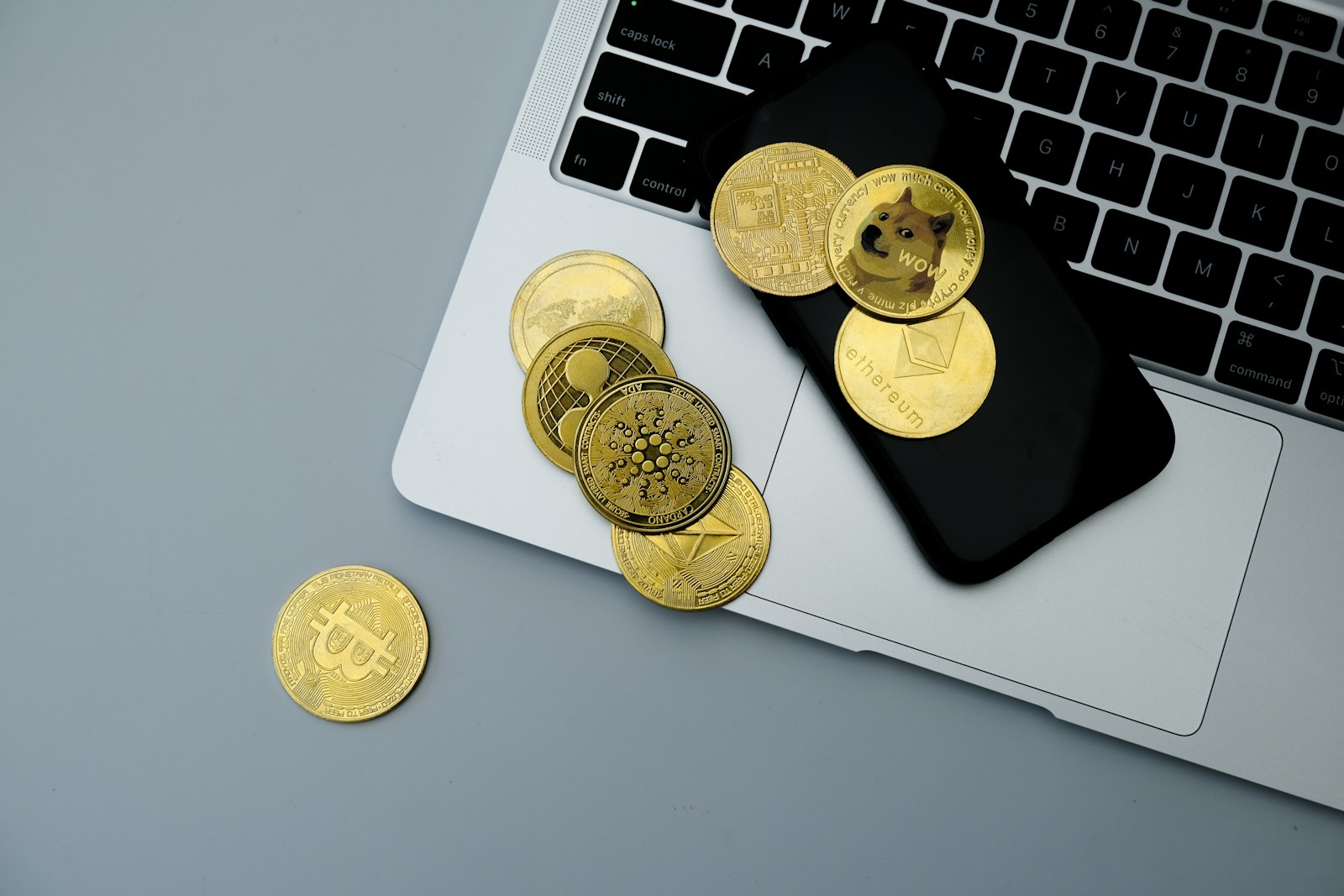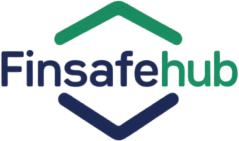
7 Tools That Actually Help You Protect Your Money Online
2025 has seen a variety of scams, from AI-powered ones that mimic the voices of loved ones to malware that silently records keystrokes; the methods used to part you from your money are becoming increasingly sophisticated.
The digital world, for all its conveniences, is also a playground for cybercriminals.
Threats like identity theft, sophisticated phishing scams, and massive data breaches are no longer distant news stories; they are real, everyday risks that can lead to significant financial loss and emotional distress.
But here's the good news: you don't have to be a passive target.
By equipping yourself with the right tools, you can establish a robust defense for your bank accounts, credit cards, and personal data, providing you with the confidence and peace of mind to navigate the digital world safely.
Let's dive into the seven essential tools that will form the bedrock of your online financial security strategy.
1. Password Managers
As a security expert, the first piece of advice I always give is to stop relying on your memory—or worse, a sticky note—for passwords.
The single most significant vulnerability for most people is using weak, reused, or easily guessable passwords. This is where a password manager becomes your most valuable ally.
A password manager is a secure, encrypted vault that creates, stores, and manages all your passwords on your behalf.
Instead of trying to remember dozens of different login credentials, you only need to remember one: the master password to your manager. The tool does the rest.
By generating long, complex, and unique passwords (think J$t7*pL!z@8^k#vB instead of P@ssword123) for every single one of your online accounts, it dramatically reduces the risk of a breach in one account compromising others.
It's the digital equivalent of having a unique, unpickable lock for every door in your life.
Action Step: Take the first step by exploring top-rated password managers, such as 1Password, Dashlane, or Bitwarden, and choose one that best fits your needs today.
2. Two-Factor Authentication (2FA)
If a password is the first lock on your digital door, Two-Factor Authentication (2FA) is the deadbolt. I can't stress this enough: enable 2FA wherever it's offered. It’s one of the most effective ways to secure your accounts.
2FA adds a second layer of verification to prove it's you trying to log in. It works on a simple principle: combining something you know (your password) with something you have.
This second factor is typically a temporary, one-time code sent to your phone via SMS, generated by an authenticator app (like Google Authenticator or Authy), or a physical security key.
Even if a cybercriminal manages to steal your password, they would be stopped in their tracks because they don't have your phone or physical key. It's a simple step that makes a world of difference in protecting your most sensitive accounts.
Action Step: Update the security settings of your primary email, banking, and social media accounts today to enable two-factor authentication (2FA). Download an authenticator app, such as Google Authenticator or Authy, for the most secure option.
3. Virtual Private Network (VPN)
Have you ever connected to the free Wi-Fi at a coffee shop, airport, or hotel? It's convenient, but it's also incredibly risky.
Public Wi-Fi networks are notoriously insecure, making them a prime target for hackers seeking to intercept your activity and steal your data. This is where a VPN comes in.
A VPN, or Virtual Private Network, acts as a secure, encrypted tunnel for your internet connection. When you turn it on, all of your online traffic, from the websites you visit to the financial transactions you make, is routed through a secure server and encrypted. This makes your data completely unreadable to anyone trying to intercept it.
Using a VPN ensures that even on an unsecured public network, your sensitive financial information remains private and protected from prying eyes.
Action Step: Do you want to protect your browsing? Research reputable VPN providers and install their app on all your devices before connecting to a public network next time.
4. Anti-Virus and Anti-Malware Software
Your computer and smartphone are the gateways to your financial world. If they get infected with malicious software, everything you do on them can be compromised.
That's why having high-quality anti-virus and anti-malware software installed is non-negotiable.
Think of this software as your device's immune system. Anti-virus programs are designed to detect, block, and remove known viruses that could corrupt your files or spy on your activity.
Anti-malware tools, meanwhile, often focus on newer, more insidious threats, such as spyware that logs your keystrokes (capturing bank passwords) or ransomware that locks up your device until you pay a ransom.
Together, they provide comprehensive protection, actively scanning your system to ensure that no malicious code can access your financial data.
Action Step: Don't leave your devices unprotected. Install a comprehensive security suite from a trusted brand to shield yourself from malware and viruses.
5. Encryption Tools
Encryption is the process of converting your sensitive data into an unreadable code that can only be deciphered with a specific key.
When you see a little padlock icon and "https" in your browser's address bar, you're seeing encryption in action. This ensures that the information you send to that website—like your credit card number or login details—is scrambled during transit.
Beyond the browser, many secure messaging apps and file storage services use "end-to-end" encryption, meaning only you and the intended recipient can ever see the content.
For financial transactions, this is paramount. It guarantees that even if data is intercepted, it's just a meaningless jumble of characters to a hacker.
Action Step: Before entering any financial information, always verify that the URL starts with "https" in the address bar. For communications, choose services known for strong end-to-end encryption.
6. Fraud Detection Alerts
Even with the best defenses, it pays to have a watchdog. That's exactly what fraud detection alerts from your bank, credit card companies, and dedicated fraud monitoring apps are. These systems are your first line of defense in spotting suspicious activity as it happens.
Financial institutions use sophisticated algorithms to learn your spending habits. When a transaction occurs that doesn't fit your pattern, like a large purchase in a different country or multiple small transactions in rapid succession, it triggers an alert.
You'll typically receive an instant notification via text, email, or a push notification from your banking app. This allows you to immediately confirm if the transaction was legitimate or, if not, to contact your bank to block your card and prevent further losses.
Action Step: Log in to your online banking portal now and ensure that all transaction alerts are enabled. For even greater protection, consider a dedicated identity and fraud monitoring service.
7. Secure Payment Systems
Handing over your credit card details to every online merchant you shop with increases your exposure to potential fraud.
Each new site that stores your information is another potential point of failure. Secure payment systems, such as PayPal, Apple Pay, or Google Pay, offer a smarter and safer way to pay.
These platforms act as a middleman, using powerful technologies like tokenization. When you make a purchase, the system sends a unique, one-time-use "token" to the merchant instead of your actual credit card number.
The merchant never sees or stores your real financial details, drastically reducing the risk of your information being stolen in a data breach.
Furthermore, cryptocurrency wallets provide a decentralized method for transactions, enabling you to send and receive funds without linking to your personal banking information. This adds another layer of privacy and security.
Action Step: Next time you shop online, opt for a secure payment system at checkout. Link your cards to a service like PayPal, Apple Pay, or Google Pay to keep your actual card numbers out of merchants' hands.
Your Proactive Path to Peace of Mind
Protecting your money in 2025 isn't about a single solution; it's about building a multi-layered defense.
Each of the tools we've discussed is powerful on its own, but when used together, they form a comprehensive security strategy that protects your accounts, data, devices, and transactions.
Don't wait for a threat to become a reality. Take proactive steps today. Install a password manager, enable two-factor authentication (2FA) on your critical accounts, and subscribe to a reputable VPN service.
By incorporating these tools into your digital life, you can safeguard your financial data, prevent fraud, and gain the invaluable peace of mind that comes with knowing your money is secure.




